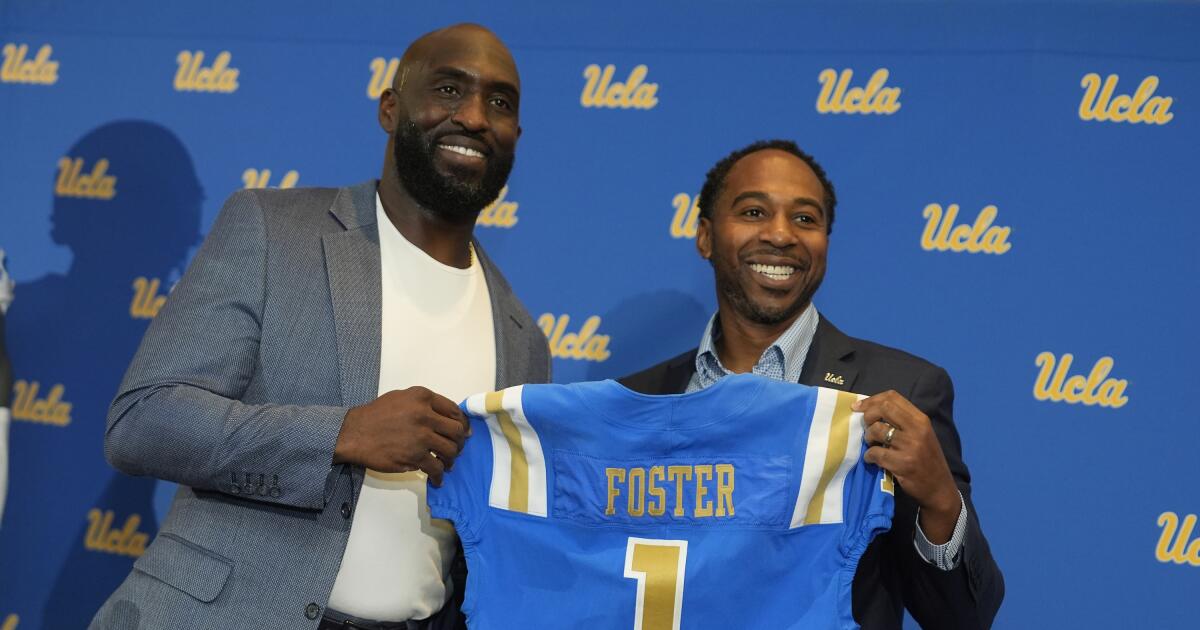Martin Jarmond, the athletic director at UCLA, has been gearing up for a significant shift in college sports for nearly a year. This past Saturday marked a major reveal of his plans following a new agreement that allows universities to pay athletes directly starting July 1.
UCLA is set to distribute $20.5 million in revenue sharing, the largest amount allowed under the agreement. Despite the financial changes, Jarmond reassured that the university will maintain its Olympic sports programs and existing athletic staff. He emphasized that UCLA’s commitment is to give student-athletes a top-notch educational and competitive experience.
While Jarmond didn’t share the precise breakdown of how funds will be shared, similar arrangements at other schools suggest football players will receive the largest share, followed by men’s and women’s basketball players. About 75% of the revenue may go to football players, with 15% designated for men’s basketball and the remainder for women’s basketball and other sports.
Remarkably, UCLA plans to keep existing scholarship limits in place for at least one year, allowing each scholarship athlete to receive a larger portion of the revenue. This decision is notable as it highlights a commitment to supporting athletes while navigating the complexities of the new rules. Each scholarship at UCLA is valued at approximately $65,000.
UCLA aims to preserve its stronghold in Olympic sports, maintaining its reputation as a powerhouse in this area. Jarmond mentioned that there would be no layoffs, but some staff might change roles to enhance the department’s effectiveness amid these shifts.
One crucial aspect of this transformation is the expected narrowing of the resource gap between UCLA and its rivals in the Big Ten Conference. This gap had widened due to other schools having more wealthy funding sources. As part of the new plan, the university will need to approve any NIL (Name, Image, Likeness) deals exceeding $600 to ensure fair market value.
Challenges still lie ahead. Jarmond recently visited Washington, D.C., advocating for federal NIL legislation to address the inconsistencies among state laws. He acknowledged that the department has faced heavy financial challenges, with a $219.5 million deficit over the past six years, but noted that the university has absorbed this debt.
Future revenues may improve due to expected increases from the College Football Playoff revenue sharing, which could yield an additional $8 to $12 million annually for Big Ten schools starting in 2026. This could alleviate some financial stress on the athletic department.
Chancellor Julio Frenk has shown a keen interest in supporting the athletic programs. His backing promises to provide the resources and guidance necessary for UCLA to navigate this unprecedented era in college athletics. Jarmond remarked on the importance of innovation in generating revenue and underscored UCLA’s leadership role in embracing the changes ahead.
As the landscape of college sports continues to evolve, Jarmond is optimistic. He believes that with bold strategies and unwavering support for student-athletes, UCLA can thrive in this new phase.
Source link





















